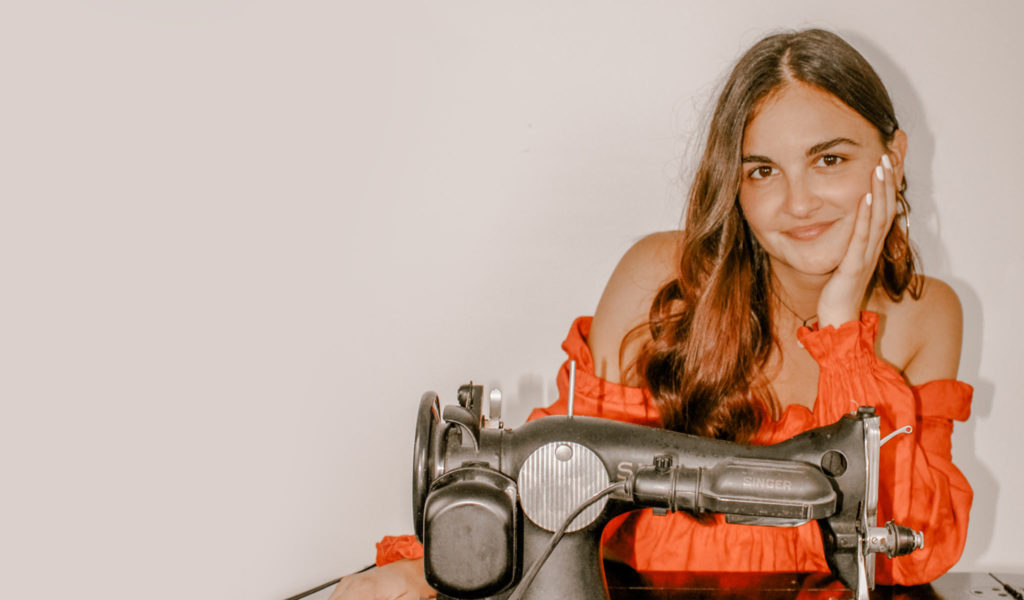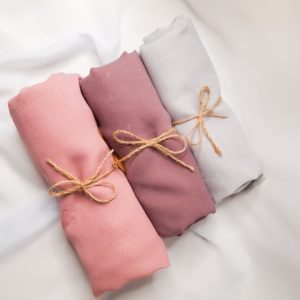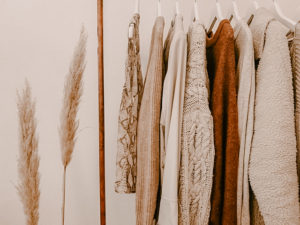Roughly 12 million tons of textile waste ends up in landfill each year in the US alone, primarily coming from discarded clothing. As consumers become more aware of the consequences of fast fashion, they are beginning to look for sustainable alternatives, whether that means thrifting, buying used, or supporting sustainable clothing brands. Natalia Trevino Amaro is a slow fashion brand designer, creating unique and timeless pieces for all body types. Ethics + Sustainability are at the forefront of her designs with each piece created with people and the planet in mind. From the fabrics used for the clothing to the packaging used to ship your order, you can feel good about wearing one of her unique pieces.
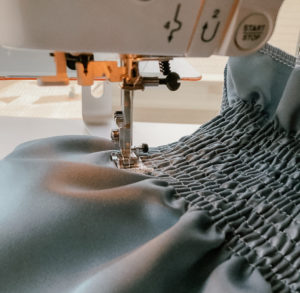
Source: instagram.com
Tell us about yourself and how you got started as a fashion designer.
I’ve always loved fashion as a kid but didn’t take it seriously as a career until I got to high school. I took sewing classes all 4 years of high school and throughout that, came to the conclusion that I wanted to pursue fashion design. I ended up attending FIT and getting my AAS in fashion design in May of 2020. Shortly after that, I started my slow fashion brand.
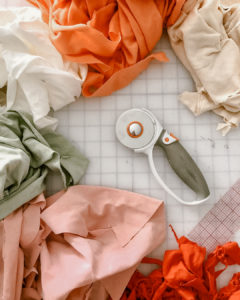
Source: instagram.com
Your focus is on sustainable slow fashion, what exactly does that mean and how does your business fall into this category?
To me, slow fashion is fashion focused on ethics and sustainability. It means that clothing is made with a greater purpose of helping the earth and its people. I personally make every piece in my shop (alongside a freelance seamstress sometimes) and it’s all made from sustainable fabrics – that could be deadstock, natural fiber fabrics, or scraps.
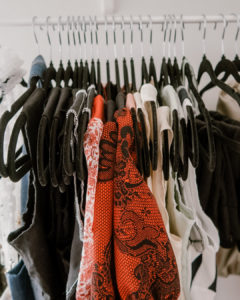
Source: instagram.com
Can you tell us more about the hidden costs of fast fashion and its impact on people and the environment?
Fast Fashion has a huge effect on the environment from how it’s made to the end of it’s life – it’s incredibly polluting. Fast fashion uses a lot of cheap fabrics, often made from plastics (like polyester) which are harmful to the environment. Furthermore, fast fashion encourages a society of disposable clothing so the clothing you buy, you might only wear once and then throw it out or donate it. This causes a huge surplus of clothing worldwide and most of it ends up in landfills or sent to third world countries to eventually get burned.
Can you tell us more about the fabric you use for your pieces and where you source them from?
I personally use deadstock fabric the most. This is essentially second-hand fabric from other designers. I source it from various different websites since I don’t have any shops that are local to me. I sometimes use new fabrics as well, but if I do, they’re all natural fiber fabrics which are biodegradable.
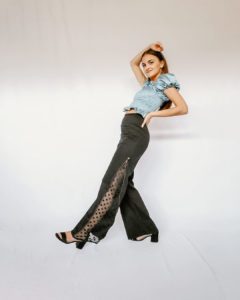
Source: instagram.com
What does the process look like from start to finish for a customer looking to purchase an article of clothing from you?
A customer can go on my website, add a piece to their cart, and then a little form will pop-up allowing them to choose their size or to give me measurements if they need something to be custom-fit rather than a standard measurement. They’ll also have the chance to choose carbon neutral shipping at checkout. After that, I will go ahead and get started on making that piece specifically for them. This can take 1-3 weeks, depending on the piece and how many orders I have to get through. Once I have it all done, I go ahead and ship it out to them using all eco-friendly packaging.
Around 12 million tons of textile waste end up in landfills each year in the US alone according to the EPA. What do you hope to see in the short-term and long-term future to reduce the amount of textile waste generated?
In the short-term future, I hope to see people buying less clothing and being more conscious about their purchases to reduce our “disposable clothing” mindset. Long-term, I hope to see more technological advancements in textile recycling and in ways to repurpose scraps for better use.
What is your advice for individuals looking to be more of an ethical consumer, particularly when it comes to their fashion choices?
First thing I’d do is do a deep-dive of all the companies you love to shop at and see how transparent they are about their products. I always recommend checking out the “Good on You” app to double check. Next, if there is a particular item of clothing I really want to buy, I’d sit on it for a few days, maybe weeks, just to make sure it’s something I really want and not just a trend I want to participate in. If I decide I want it, I try to look for it second-hand on poshmark, thredup, or in person and if I can’t find it, then I go to try to find the item in an ethical shop. At the end of the day, I think it’s important to make sure you really love the pieces you’re buying and that you’re being conscious about how much you’re consuming.
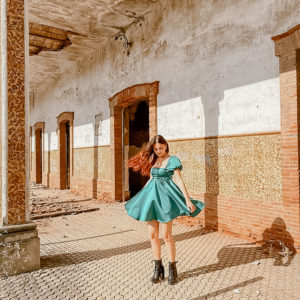
Source: instagram.com
Where can people learn more about you and your business?
My shop is nataliatrevinoamaro.com and you can also find me on all social media platforms! My shop instagram is @nataliatrevinoamaro, my personal instagram is @natalia.trevino, my tiktok is @nataliatrevinoamaro, and I also have a YouTube channel where I show a lot of behind-the-scenes of my business – www.youtube.com/nataliatrevino!
IG Business Account: @nataliatrevinoamaro
IG Personal Account: @natalia.trevino
For more information on how to carry on your zero-waste journey throughout the year, subscribe to the zero waste blog, or checkout the store to get started at home.

